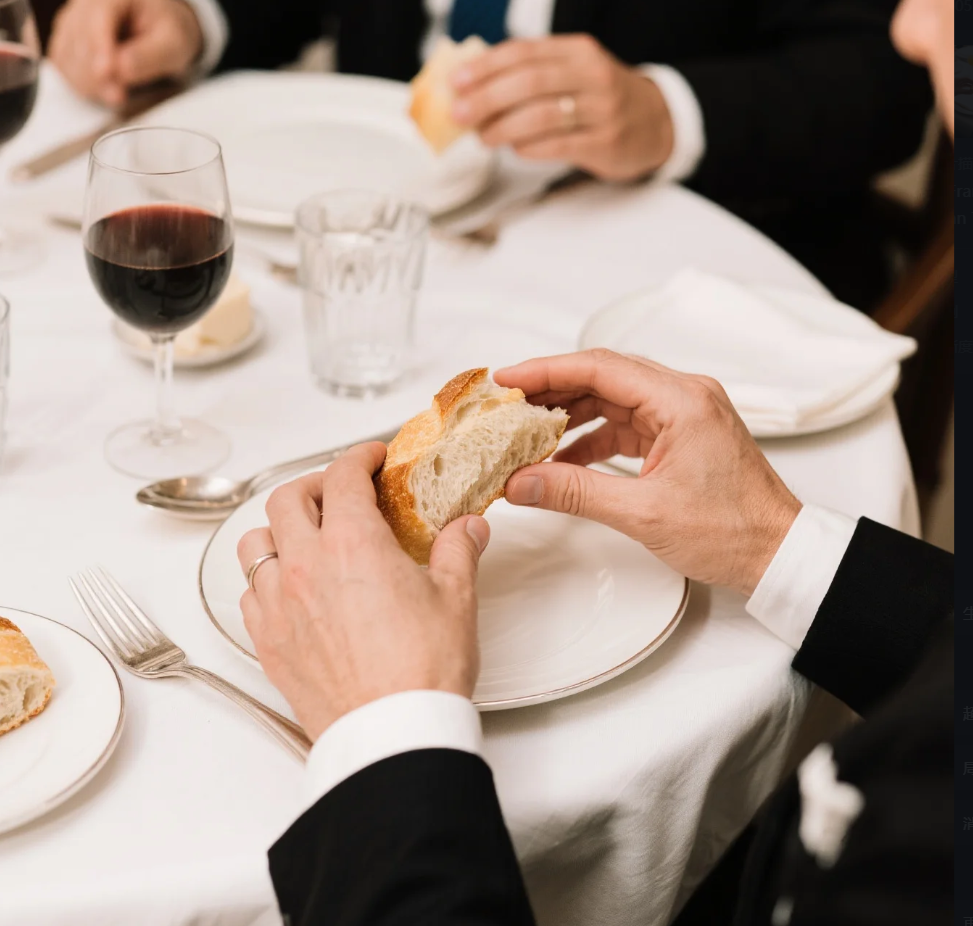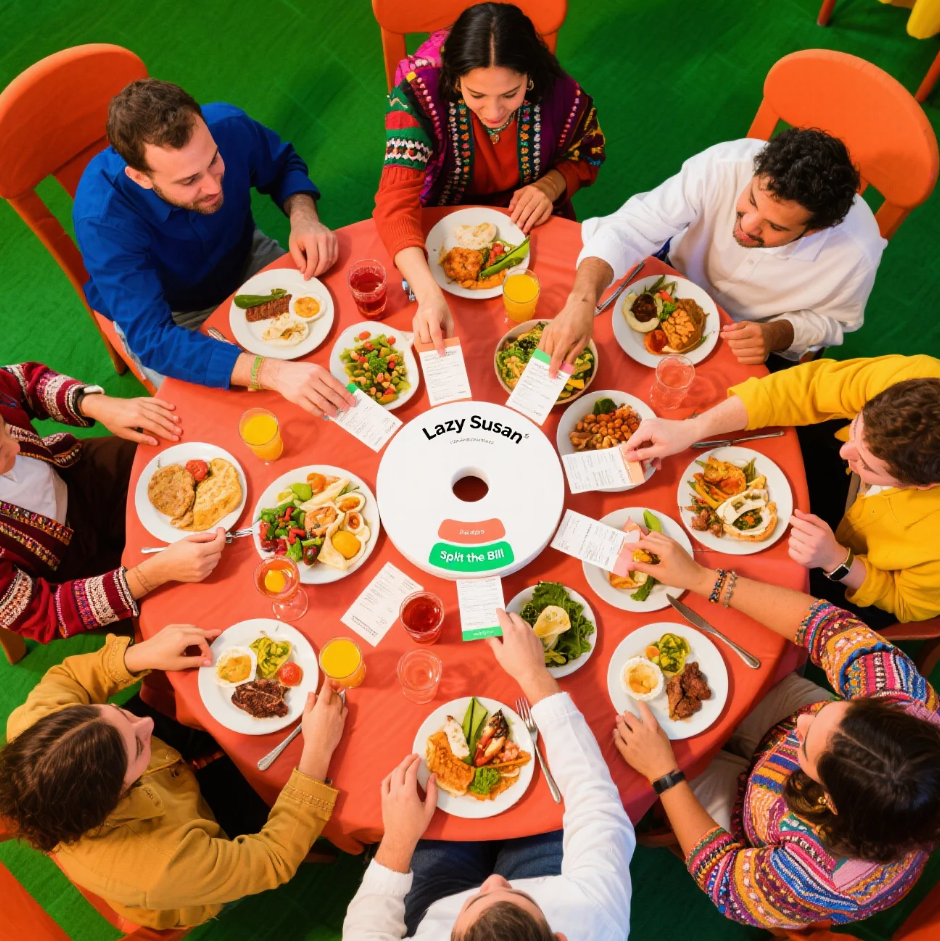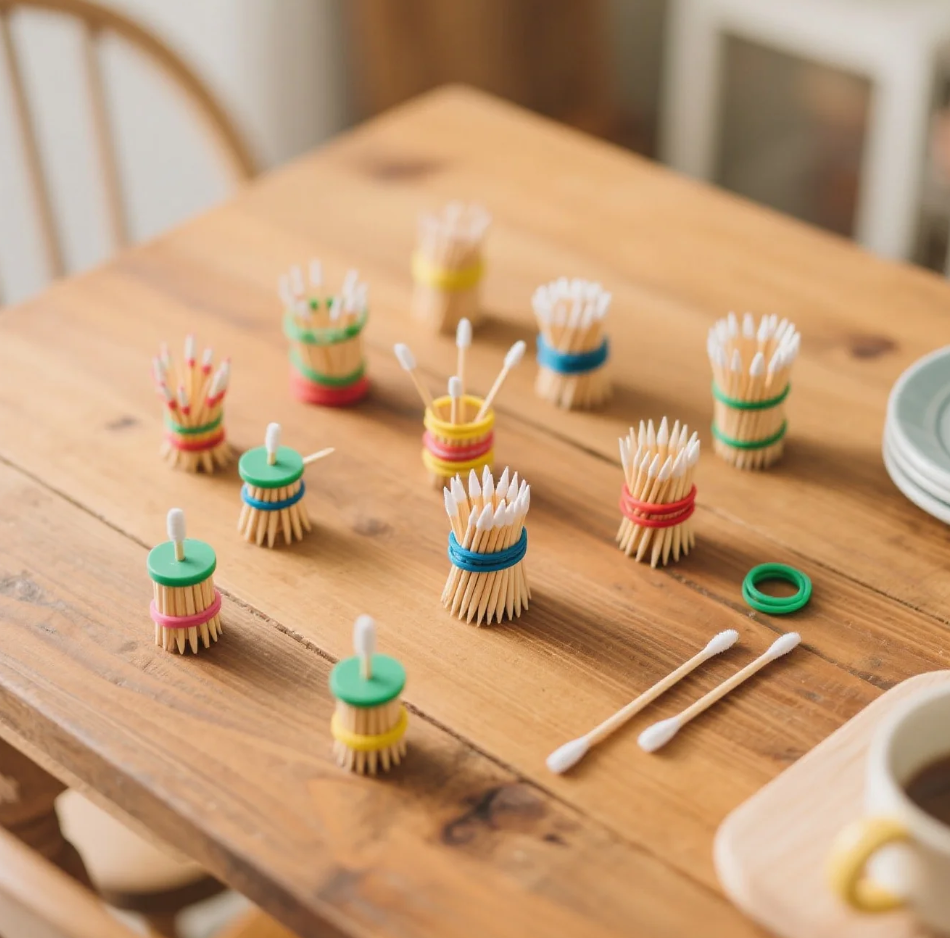
When it comes to dining etiquette, most people assume that using utensils for everything is the norm, especially in formal settings. However, if you ever find yourself at a French dining table, you might be surprised to learn that eating bread with your hands is not only acceptable but considered a sign of good manners and sophistication. This seemingly simple act reveals a rich cultural history and an intricate web of dining customs that vary widely across Europe.
In this article, we will take you on a fascinating journey through French table manners—particularly the role of bread—and compare them with surprising customs from other European countries. Prepare to have your assumptions challenged and your curiosity piqued as we uncover table manners you never expected.
Why Bread Matters So Much in French Dining Culture
Bread is not just food in France; it is a cultural symbol. The baguette, with its crispy crust and soft interior, is almost a national icon, and nearly every French meal includes some form of bread. More than just a staple, bread represents tradition, respect, and even social status.
Unlike in many countries where bread might be buttered or eaten as a side, the French treat bread as a partner to their meal, used to accompany cheese, dips, and sauces. Eating bread with your hands is a way to interact naturally with the meal and enjoy the textures and flavors without unnecessary fuss.
The Art of Eating Bread in France
Contrary to the idea that eating with hands is informal, the French have a precise way of handling bread during meals. Bread should never be buttered or spread with anything on the plate; instead, it is often torn by hand into small pieces. These pieces can then be used to scoop up sauces or accompany bites of cheese or meat.
One important rule is that bread should rest directly on the table or on your plate, never on your lap. Placing bread on the table symbolizes respect and connection to the meal and company. It is also considered rude to cut bread with a knife at the table—tearing it by hand is the preferred method.
Interestingly, bread is not used to push food onto a fork; this is seen as bad manners. Instead, it is a separate companion, enhancing the overall dining experience.
How Other European Countries Approach Bread and Table Manners

United Kingdom
In the UK, table manners lean towards more formal utensil use. Bread is usually sliced and served on a side plate, and it is common to butter each slice before eating. Eating bread with hands is acceptable but often more restrained. The British dining style emphasizes neatness, with a clear separation between bread and the main course.
Italy
Italians have their own charming bread customs. Bread is generally torn by hand, similar to the French, but it is rarely used to scoop sauces directly. In some regions, dipping bread in olive oil or balsamic vinegar is popular, a practice that may be frowned upon in France. It’s also common for Italians to eat focaccia or other types of bread alongside meals, and the etiquette is relaxed and family-style.
Germany and Scandinavia
In Germany and Northern Europe, bread varieties are more robust, including rye and multigrain types. Bread is typically sliced and eaten with knives and forks during formal dining. However, in casual settings, it is common to eat bread with hands, often as open-faced sandwiches topped with cheese, meats, or spreads.
Beyond Bread: Other Unique French Table Etiquette Traditions
French dining etiquette is rich and detailed beyond the bread ritual. For example, the way you place your cutlery signals to the host whether you have finished your meal or are taking a pause. Placing knife and fork parallel on the plate means you’re done, while crossing them signals a pause.
Napkins should be placed on your lap soon after sitting, not before the meal begins, and should be used gently—not wiped vigorously. Toasting in France is another ritual steeped in tradition, where eye contact is essential, and saying “Santé!” is expected.
Why Knowing Table Manners Matters

Understanding table manners is more than just about politeness; it’s about respect, cultural sensitivity, and effective communication. When traveling or dining with people from different backgrounds, awareness of these subtle customs can help avoid embarrassment and create a positive impression.
In business or social situations, demonstrating knowledge of local dining etiquette shows respect and adaptability, which can strengthen relationships. Beyond practical benefits, exploring table manners is a delightful way to connect with culture and history through everyday rituals.
Conclusion: Embrace Curiosity and Respect in Dining
European table manners may vary widely, but they all share a common thread of respect for food, company, and tradition. In France, the humble act of eating bread with your hands is a classy, time-honored custom that challenges assumptions about etiquette.
Next time you sit down for a meal abroad or at a multicultural gathering, remember: sometimes, the most unexpected traditions are the most meaningful. Embrace them with an open mind and a respectful heart, and you will enrich your cultural experience—and maybe even your palate.









































